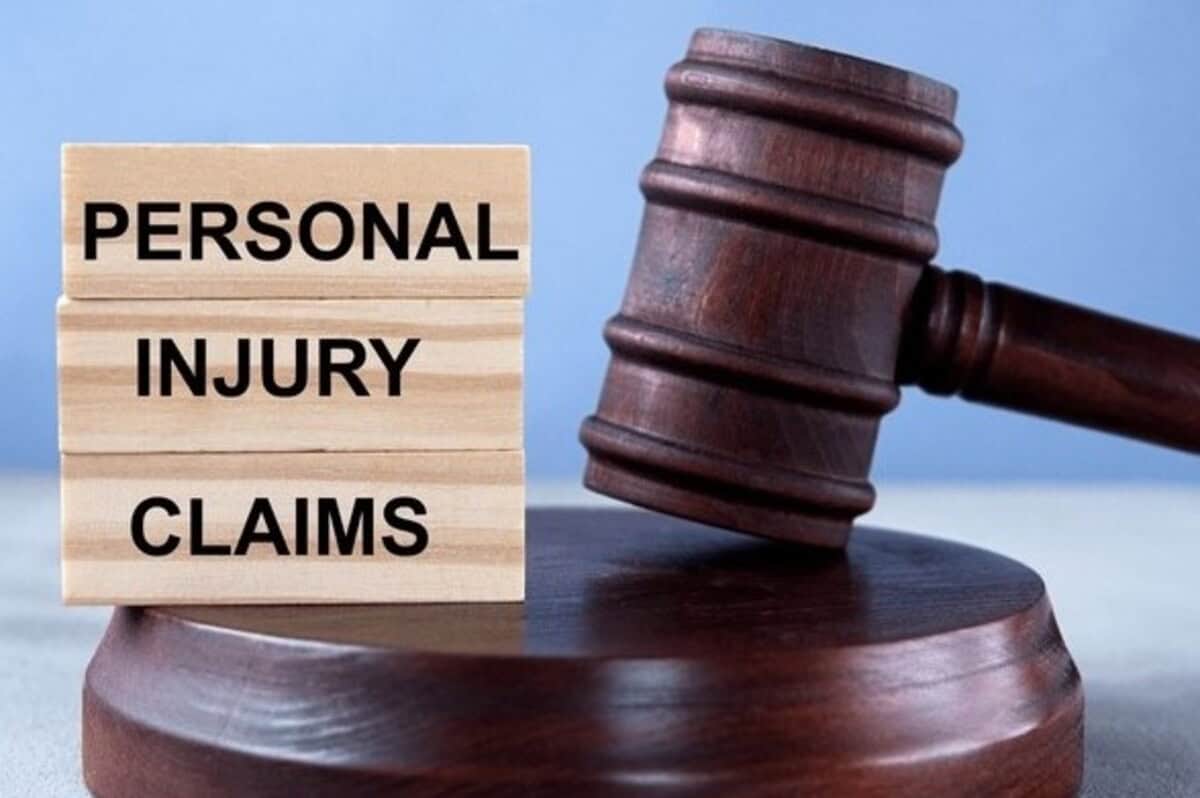You’ve been hurt in an accident—and suddenly, your life is turned upside down. Doctor appointments, insurance calls, missed work, and mounting bills. It’s overwhelming, and on top of it all, you’re told to file a personal injury claim.
But what does that actually mean? What happens between the moment you decide to file and the day your case is finally resolved?
If you’ve never been through the process before, it can feel like a mystery. So, let’s walk through it together—from the first step to the final resolution. Whether you’re working with a lawyer or just weighing your options, here’s what really goes on behind the scenes.
And if you’re looking for a detailed breakdown before diving in, you can get the details about the claim process from a trusted legal source.
Contents
- 1 Step 1: Medical Attention Comes First
- 2 Step 2: Consultation with a Personal Injury Lawyer
- 3 Step 3: Investigation and Evidence Gathering
- 4 Step 4: Demand Letter and Negotiation
- 5 Step 5: Filing a Lawsuit (If needed)
- 6 Step 6: Discovery Phase
- 7 Step 7: Mediation or Settlement Talks
- 8 Step 8: Trial
- 9 Step 9: Payout or Appeal
- 10 Final Thoughts
Step 1: Medical Attention Comes First
No matter what kind of accident you were in—car crash, slip and fall, workplace injury—your health is the top priority. Before anything else happens, you need to get medical attention. This isn’t just important for your recovery; it also creates a documented record of your injuries, which will play a major role in your claim.
Don’t delay treatment. Insurance companies are quick to argue that delayed care means your injuries weren’t serious—or weren’t caused by the accident at all.
Step 2: Consultation with a Personal Injury Lawyer
Once you’ve received initial treatment, it’s smart to speak with a personal injury attorney, especially if your injuries are serious or your case involves complex liability. During the consultation, the lawyer will evaluate your situation, discuss your legal rights, and help you understand the potential value of your case.
The good news? Most personal injury attorneys work on a contingency fee basis, which means you don’t pay anything unless they win your case.
Step 3: Investigation and Evidence Gathering
Your legal team will now start building your case. This involves:
- Collecting accident reports
- Reviewing medical records and bills
- Interviewing witnesses
- Securing photos or video footage
- Examining police and insurance records
In some cases, they may bring in experts, such as accident reconstructionists, medical professionals, or vocational specialists, to support your claim.
Step 4: Demand Letter and Negotiation
Once your lawyer feels your injuries have stabilized and they have a clear picture of your damages, they’ll prepare a demand letter. This letter outlines the facts of your case, your injuries, and the financial compensation you’re seeking.
This is sent to the at-fault party’s insurance company, and it kicks off settlement negotiations. In many cases, the claim is resolved here, with both sides agreeing on a number without the need for a lawsuit.
But not always.
Step 5: Filing a Lawsuit (If needed)
If negotiations stall or the insurer denies the claim, your attorney may decide it’s time to file a lawsuit. This doesn’t mean your case will definitely go to trial, but it does move it into the litigation phase.
This step includes:
- Filing a complaint with the court
- Serving the defendant with legal papers
- Awaiting their official response
It may sound intimidating, but often, the simple act of filing a lawsuit pushes insurers to come back to the table with a more reasonable offer.
Step 6: Discovery Phase
Now, both sides dig deeper. This phase involves the exchange of information, evidence, and interviews. It can include:
- Depositions (recorded interviews under oath)
- Written questions (interrogatories)
- Requests for documents
Discovery is all about getting everything out on the table so each side can build their arguments. This phase can last several months, depending on the complexity of the case.
Step 7: Mediation or Settlement Talks
Most courts encourage mediation before trial. In this phase, both parties meet with a neutral third-party mediator to try and find common ground.
If an agreement is reached, the case ends here. If not, the case proceeds to trial.
Step 8: Trial
Very few personal injury cases actually make it this far—less than 5%, in fact. But if yours does, your attorney will present your case to a judge or jury, who will then decide the outcome.
Trial can be emotionally draining and time-consuming, but in some cases, it’s the only way to get fair compensation.
Step 9: Payout or Appeal
If you win your case—whether through settlement or trial—the final step is receiving your compensation. Your attorney will handle the paperwork, make sure any medical liens are paid, and then issue your final check.
If the other side appeals the verdict, the process continues, though this is rare in most personal injury claims.
Final Thoughts
Filing a personal injury claim is a process—one that takes time, strategy, and patience. But it’s also a pathway to justice and recovery. Understanding each step can help you feel more confident and informed along the way.
With the right legal support and a clear view of what lies ahead, you’re not just filing a claim—you’re taking back control after a traumatic event. And that’s a powerful first step toward healing.



